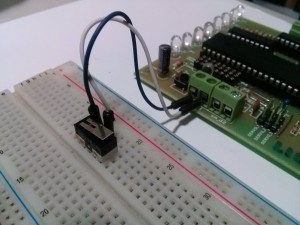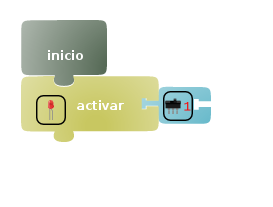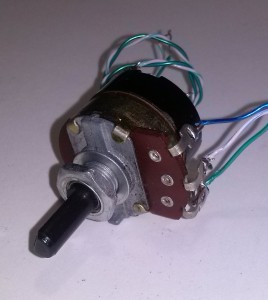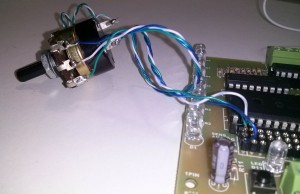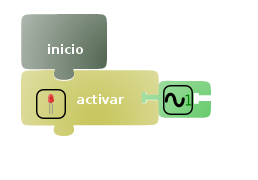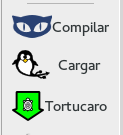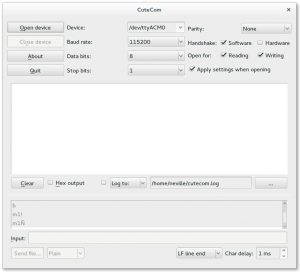I would like to ponder some questions. To do so, there are some background to cover. You can spare with me in all the details or you can go straight to the bottom.
We spent $8,373.38 in air fares for 9 collaborators. Air travel is expensive, and it is more expensive in Latin America. There was the agreement to pay for the visa for the only persona that needed it, it was $50. We are glad that we have 4 people traveling on their own budget. We end up we a team of 14 including the holder of the fedora scholarship. The expenses of the fedora scholarship are not taken into account, as that comes from another budget.
We spent $912 in food during the event and $ 772 in FUDPub. There was $77 in water and sodas for the team. The FUDPub was over the initial budget because there were more people that were supposed to attend than we estimated for this closure night of FUDCon.
We paid to the university $549.95 that consisted mostly in posters and booklets. The remainder were some minor charges for audio and projectors.
There were some expenses in promotion, like roller up banners and horizontal banners. This added up to $ 342. Part of this was to reciprocate our sponsors.
Lodging was $1895.40 not including those that were paid by the collaborators and also not including the room share of the fedora scholarship holder. This sum was at the discounted price offered for the convention. There was also the use of the meeting room for hacking during the nights that was $130. Transportation was $255 that were accounted for moving people to the university and back to the hotel. There were also some trips to the airport in this sum. Mostly all airport pick up was done personally, so it is not included. Driving people in my car from the hotel to the university was not included. This amount related to transportation does not include two tour trips organized before the event and after the event.
T-shirts cost $ 750. There were some minor cost for a web cam, security cords for laptops, toner for printing schedules that add up to $ 209.45
If you add up all this, you will get the amount of $14,266.18 That’s is what FUDCon Managua 2014 actually cost, at least to what is accountable.
The other part is were the money come from. For start we had the Fedora Premier event budget of $10,000. Then we had Bluehost collaboration of $1,000. Güegüe Comunicaciones paid all t-shirts, $750. Dotora Barreto’s dental clinic, paid part of the FUDPub $315. Monchito.net gave $300 and Sen Comunicaciones helped with other $300. Computer.net gave $160.
We have other sponsorship like Movistar that provided internet bandwidth at the university and Comtech that supplied one web cam and color ink printers used for badgeds, food tickets and other minors colorful printing needs. Those are non quantificable.
In the end we raised the amount of $12,825.00. So, there is a difference of $1,441.18
Mansión Teodolinda gave an extra discount of $229.73 over the lodging invoice, which already had a discount. There was also items that were not charged, like transport for $255 and meeting room use for $130. $77 related to water and sodas that were available at the university was also not charged. There were items that were paid for like banners $342. This makes a contribution of $1033.73. Again, this was an extra help, as the lodging already has a discount price.
We end short by $407.45 that I paid from my pocket. This is quantifiable, but there are non quantifiable expenses about doing errands, calling people, meeting people, and so on. This non quantifiable cost also is shared with the rest of the local team. Lot of time invested. I will not call on the fuel I expend going to the airport, as that was a personal choice as a host. I don’t think the local team will charge for transport fares going and coming for all the errands needed to organize the event.
Having the numbers in black and white, if not meant to show how much I invest in the project. It is not to claim for reimburse. I was absolutely clear during the planning and the execution of the event that my business and I will cover the difference.
My point is to raise the awareness of what doing FUDCon really means. There has been a lot of talks about this, but throw some fact and figures makes clear.
The budget of $10K is short. We have been talking long about this issue. The reply is that extra money will be given if it is justify. There is no clear definition of how to justify extra budget. Historically, FUDCon LATAM has cost about $15K.
We expect from the local team organize an event and at the same time raise about $5K in sponsorship? Raise sponsorship is not something expected as expertise of the local team. This is a learning experience that is not transferable as it depends on the local context. Most likely all this work will not generate further benefits for the Project.
After doing all, the local team end being so busy hosting the event that they can not attend the talks and hacks. I am so glad that we agreed to have some of the key people organizing the event lodged in the hotel. At least they get some hacking time at night. Not much, as there was things to get ready for the next day. But it was some time for learning and sharing with the LATAM collaborators.
I have a income from a job, a car and contacts, and I struggled leading the organization of the event. So why doing it? Why a collaborator should want to organize FUDCon? You may get the sense of accomplishment, but where is the fun in it? I will not recommend to any friend to engage in organizing FUDCon in the current terms. There are some concern about loosing collaborators that undergo this challenge.
People worked hard to host the events. For most of them was their first Fedora Premier Event. Yet, they didn’t fully participate of it. They were hosting. They were taking care that things were running smoothly.
What do I think we should do? I do think that we need to clear what the Fedora Project expect as outcome and to provide budget according to objectives. It also means that can be evaluated if it was a success or not. It is need to clarify which may be justified for extra funds. Both side are busy, so a clear guide will help. I do think that people that gave so much time and effort organizing one Fedora Premier Event should be rewarded. Those that had not the opportunity to attend a Fedora Premier Event should be considered to be sponsored for the next event.
